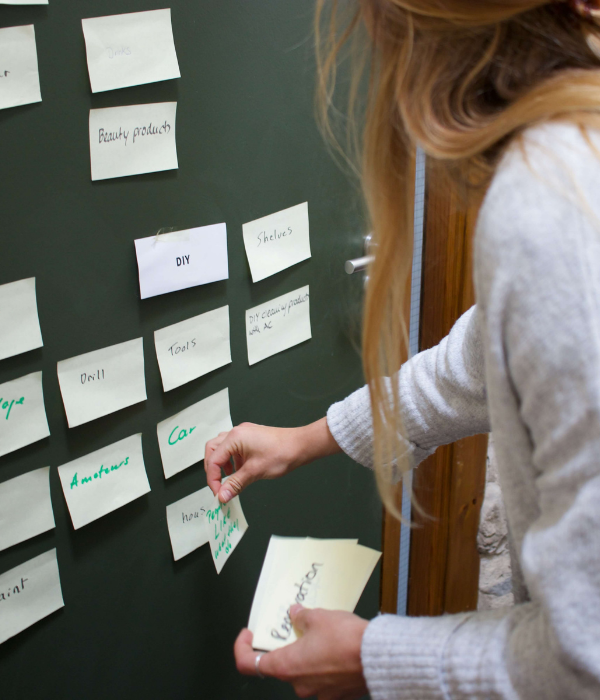CIM Impact
There is a need for a change in teaching approaches that not only allows for quality training of pedagogical professionals, but also for trust and openness in formalised education to move from trainer-centred to learner-centred approaches.
The project highlighted that it is challenging but possible to design learning contexts that foster creativity and innovation management. CIM demonstrated that a shift to facilitation and mentoring approaches is possible to systematically integrate the development of these creativity and innovation skills into curricular or extracurricular higher education courses.
However, there is a need for a change in teaching approaches that not only allows for quality training of pedagogical professionals, but also for trust and openness in formalised education to move from trainer-centred to learner-centred approaches.
With this “mathetical” learning approach, the CIM project showed the greatest success, both in the universities and in the companies. Especially in the institutes where learners – both students and trainees – were trusted to develop their own products and projects, the best results were achieved. The assessment of the CIM competences was planned and executed using the developed competence framework systems to evidence the development of students and trainees, link them to existing certification systems and provide a Europe-wide validation approach.

